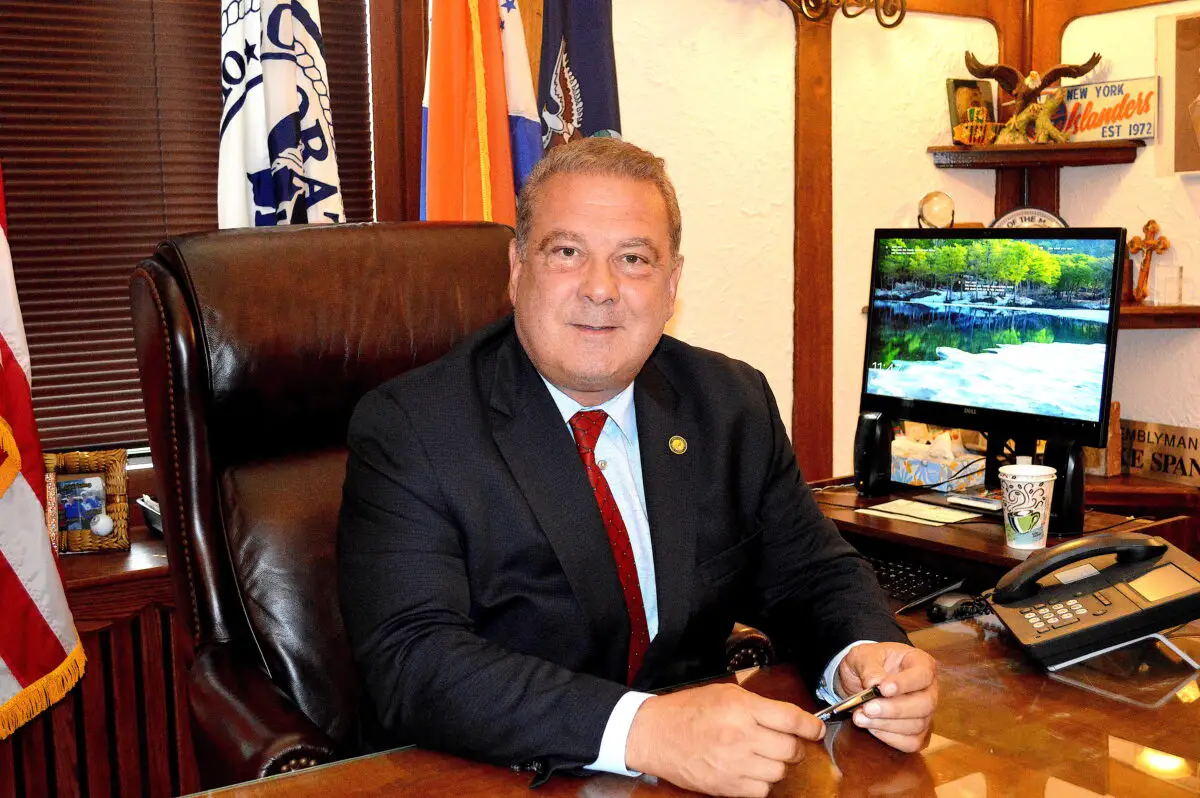
Some may have been startled to find hand-cleansing dispensers at a corporate entrance as swine-flu hysteria reached a zenith heading into May.
At Pitney Bowes Inc. headquarters in Stamford, a dispenser has long stood sentinel in the main lobby, a signal of the heightened vigilance of a company that was profoundly changed by the 9/11 attacks and by the postal anthrax attacks that followed beginning Oct. 12 that year.
“For us at Pitney Bowes, there was 9/11 ”“ and then there was 10/12,” said Sheryl Battles, the company”™s communications director who is serving the same role on a corporate committee that has dealt with swine flu pandemic preparations.
For Connecticut residents, swine flu did not strike close to home until May 5, when the Centers for Disease Control and Prevention (CDC) confirmed that two Fairfield University students had contracted the disease. At deadline, five more students at the university were being tested for potential exposure.
For the past few weeks Battles and other corporate planners have gotten a crash course in epidemiology, sitting in on conference calls hosted by entities ranging from the Business Council of Fairfield County locally, to CDC nationally and the World Health Organization internationally ”“ trying to minimize the impact of the crisis whose severity appeared extreme in the early days after more than 150 deaths in Mexico.
The Mexican tragedy struck closer to home for Pitney Bowes than many companies ”“ it has a mail operation there with fewer than 100 employees, and the company”™s first task was to check on workers there and assess the risk to keeping the facility open ”“ which it elected to do. The company also asked a handful of employees who had visited Mexico in the past few weeks to check into the company”™s medical clinic for an evaluation.
As of press deadline, Pitney Bowes was unaware of any employees or immediate family members who had contracted swine flu, according to Battles.
Fairfield-based General Electric Co. reportedly restricted corporate travel to Mexico except for trips deemed absolutely necessary.
After the avian flu pandemic fears of 2006, Pitney Bowes set up an online training program for employees in the event of future pandemic alerts, and put it to use in the early days of the swine flu scare. While the tutorial was not required, Battles said that the site was heavily trafficked by employees.
Gartner Inc., a Stamford-based research and advisory firm on information technology trends, said even if the swine flu turns out to be less widespread than initial fears, it serves as a useful reminder of the importance of companies coming up with contingency plans for keeping their businesses running in the event of such threats. A true pandemic could result in worker absentee rates of 40 percent or more and businesses should test their systems against that scenario to ensure they can deal with any threat, Gartner indicated.
Of course, few companies have the resources of Pitney Bowes, which in addition to employing Iris Valdez as vice president of business continuity, also maintains a medical staff, regularly winning plaudits for the quality of its corporate health care programs and insurance.
For all its preparation, Battles said the company had yet to come up with an answer for the second biggest conundrum of a pandemic after employees falling ill ”“ the possibility for mass school closures that would create instant child-care headaches for employees with children. While Pitney Bowes has flex-time programs it uses as part of the regular course of doing business, for some jobs being present is necessary.
“I don”™t know what we would do,” Battles said.



















